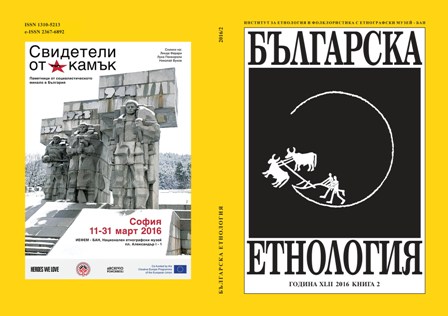
We kindly inform you that, as long as the subject affiliation of our 300.000+ articles is in progress, you might get unsufficient or no results on your third level or second level search. In this case, please broaden your search criteria.

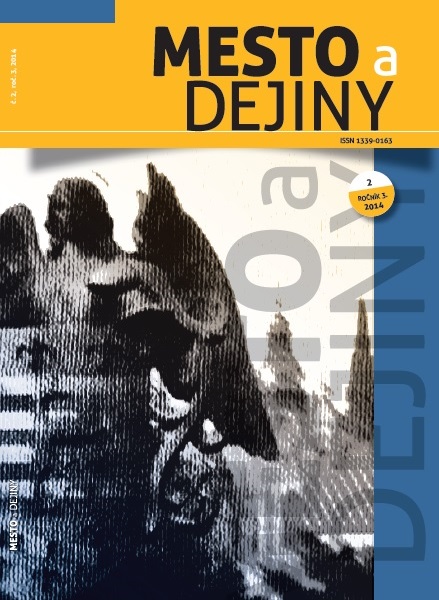
The aim of the paper is to investigate the regional elite of Šariš and its weekly, Naša Zastava which was published in an Eastern Slovak dialect between 1907 – 1918. A considerable amount of Slovak and Hungarian works has been already published on the so-called Slovjak movement. The main sources of research were the documents of the so-called Public Educational Association of the Šariš County. The paper uses this organisation to examine the way how a regional elite contructs the imagined community of Eastern Slovak people before 1918.
More...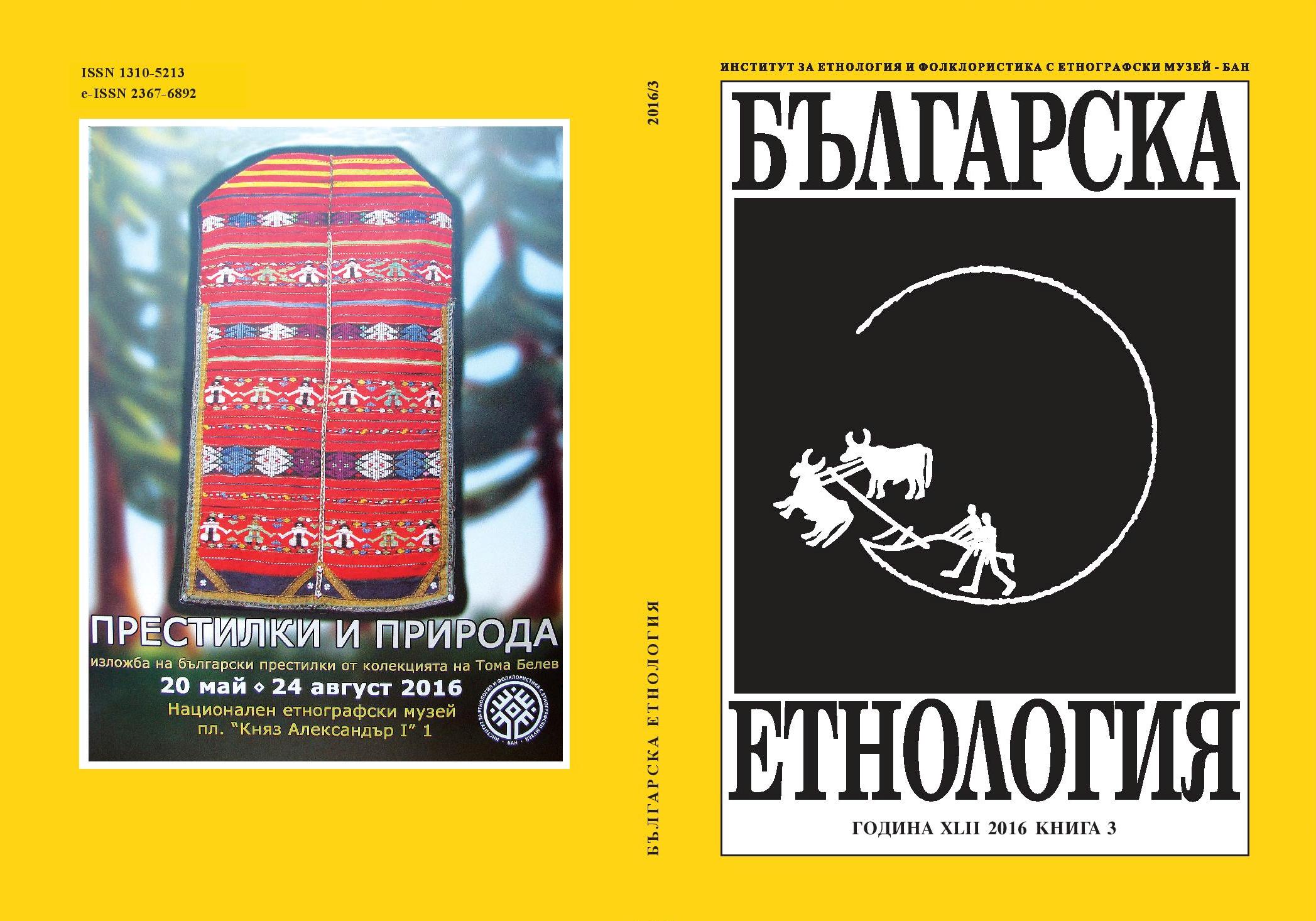
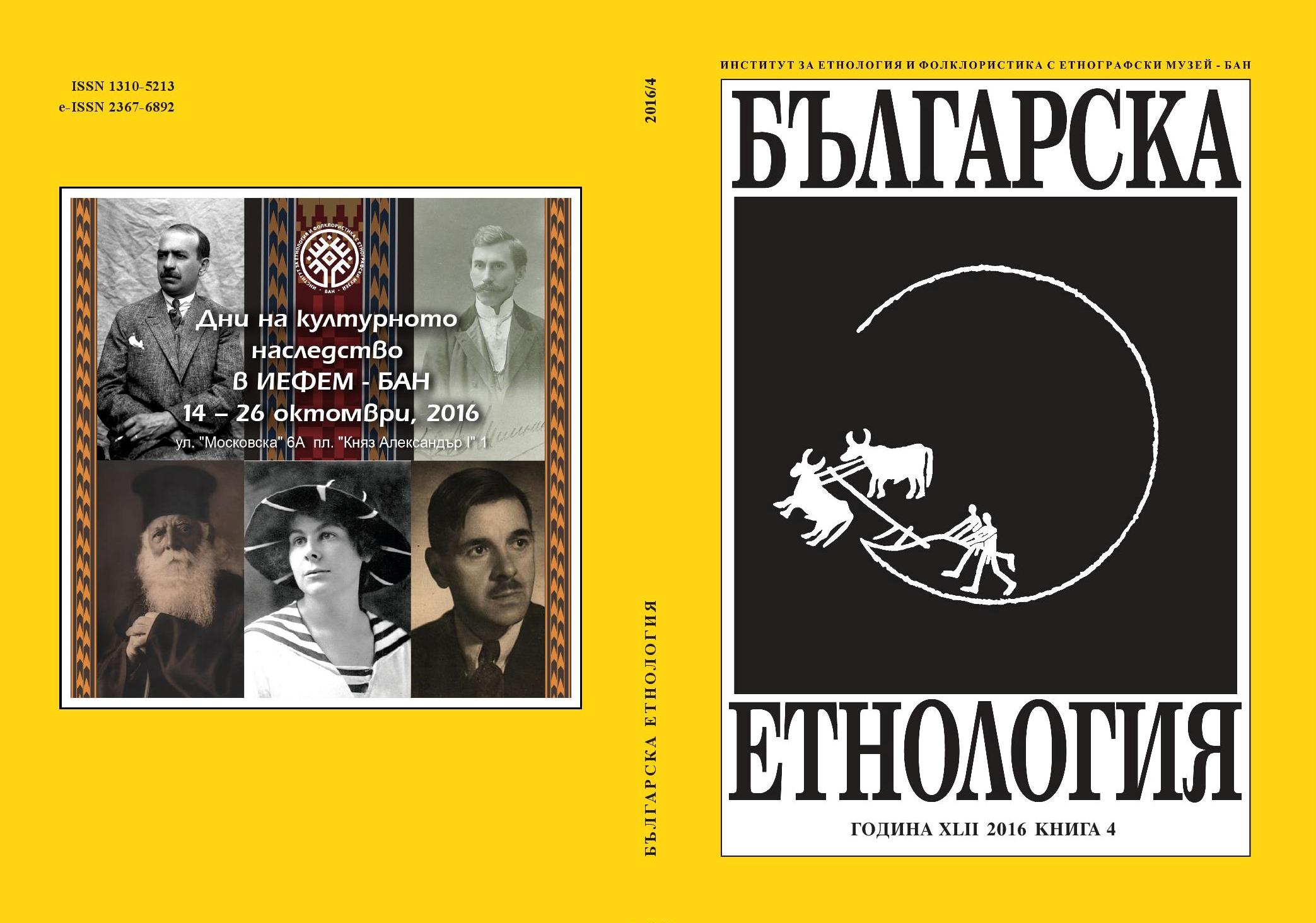
One of the typical and relatively stable features of the everyday life of the Bulgarianimmigrants in the historical and cultural region of Bessarabia are the patronal festivalsand customs held within the frameworks of the village, neighbourhood or familyand referred to as zbor/sabor (збор/събор), hram (храм), kurban (курбан), tsarkva(църква), panagir (панагирь), cherkuvane (черкуване), moleben (молебен) etc. Asfor the designation збор (a fair), it is clear that it precedes the Russian designationхрам (a patron saint’s day) which penetrates the region under study later on andwhich is widely used at present. What stirs up bigger interest is the fact that exceptfor village church festivals this term (as well as some of the other above-mentioned) was also used for intervillage festivals held at the landmark of the territories of two,three or more villages – the so-called fairs at the landmark also known as moleben orcherkuvane for rain and good health.As far as the patron saint’s day is a universal Christian phenomenon and stilla general practice in the villages of the region studied here, it could be assumedthat the gathering itself, the making of zbor (or moleben) at the landmark (at theborder between a group of villages), which is neglected today almost everywhere,is a form typical only of the immigrants (Bulgarians and Gagauzians) in Bessarabia.This practice attracts the attention with respect to its nature and development as partof the all-Bulgarian system of patronal village festivals as well as with relation tothe influences, changes and specifics through which it inevitably goes under theconditions of the many-tounged and polycultural environment of Bessarabia and theRussian Orthodox Christianity.The fieldwork materials collected so far do not allow a coprehensive and thickdescription of the phenomena intriguing us as well as a more elaborate analysis.That’s why the article only poses the problem or rather interpretes it in connectionwith some concepts of the kin and family-territorial patronal festivals and customswhich were formulated a long time ago in the Bulgarian science but which are stillrelevant.
More...
On the basis of written sources and field materials, the article examines the phenomenonof the “Odessa cuisine” as a regional complex of food. In the context of thehistorical dynamics, it shows the role of the Balkan traditions in the formation anddevelopment of the everyday culture of the inhabitants of Odessa. Special attentionis paid to the current state of the trade subculture and, respectively, to the systemof the food traditions in Odessa. In particular, the article shows that there are manyproducts introduced by natives from the Balkans (first of all, Greeks and Bulgarians):eggplants, tomatoes, cheese, corn, mutton, grapes, etc. The regional dishes perceivedas “Odessaian” but having roots in the ethno-cultures of the above-mentioned communities,are developed on this basis. The text shows also the “blue” (eggplants) invarious variations of preparation and the “pshonka” (corn). Beside the national, theprofessional mass cuisine is also analyzed (restaurant); in it the Balkan substratumhas found its place a long time ago along with the Jewish, Ukrainian and Moldavian.In the menu of these institutions, there are surely a number of dishes with Balkanorigins. On the other hand, it is worth characterizing the special national restaurantsof Odessa (Bulgarian, Gagauzian, Greek).
More...
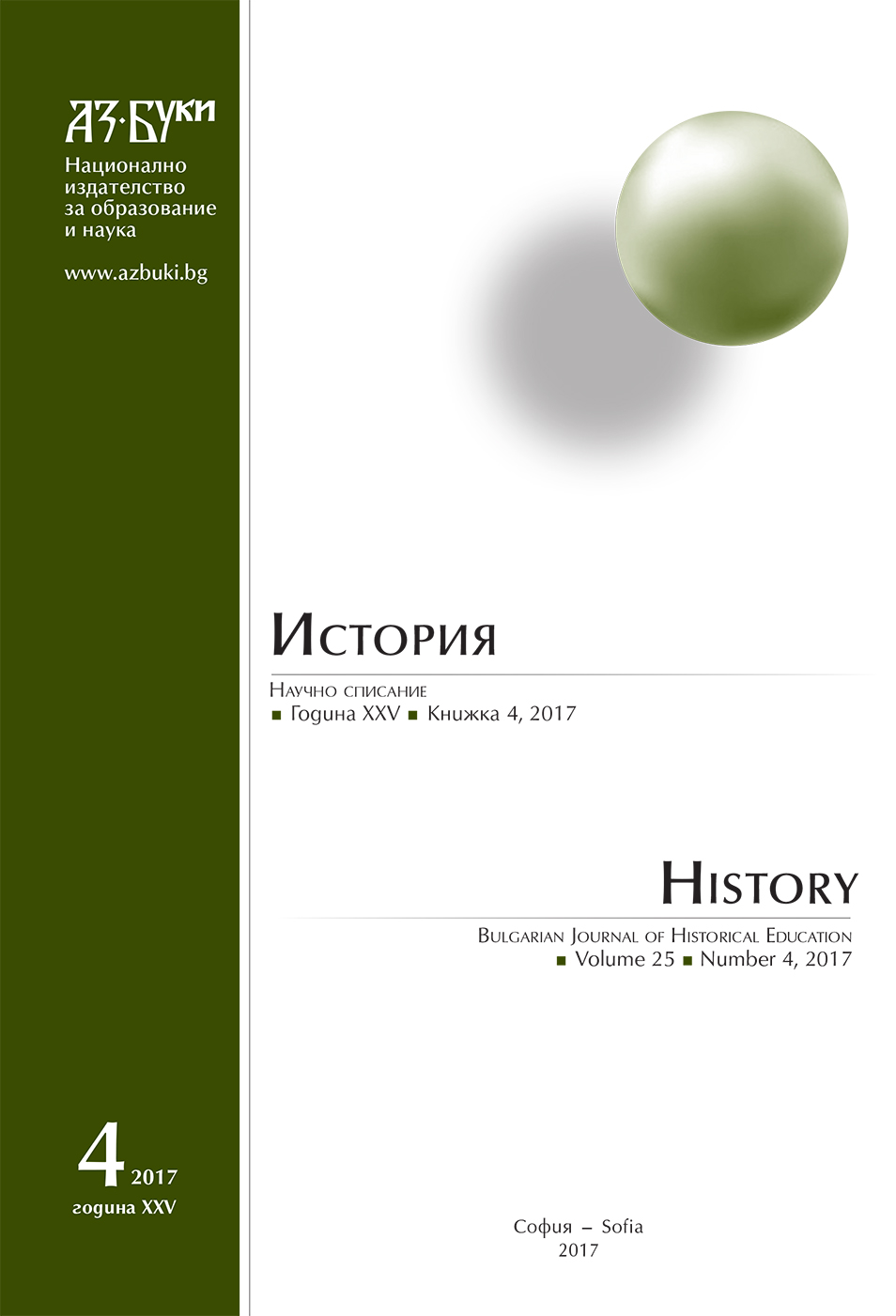
This article deals wiht the phenomenon of Jews that managed to escape from the ghettos and the camps in the territory of German-occupied Poland. In the analysis of the data from the encyclopaedia of the ghettos, published by the Institute Yad Vashem, as well as from the literature on the subject, the author found that at least 60 000 Jews has fled to the so called Aria area in occupied Poland.
More...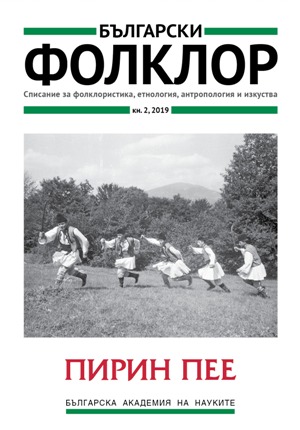
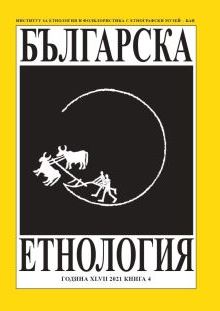
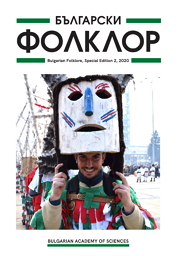
The dumb blonde figure is very popular in the repertoire of international jokes and is characterized by two main qualities: stupidity and promiscuity. These features are also shared by jokes which have circulated in Bulgaria since the 1990s. Researchers view dumb blonde jokes as a consequence of the increasing presence of women in professional and public life in positions which were traditionally considered ‘male’ spheres. The jokes are a reaction to radical transformations in social values and also a specific response to problematized male identities. Over the course of time, the image of the blonde has undergone certain changes as the sexual innuendo has faded and stupidity has become the main object of ridicule. In this way, the blonde has become a version of the classical personage of the fool whose role has always been substantial in the processes of self-identification, whether they be national, social, ethnic, local, or regional in character. In this respect, the blonde represented in such jokes has the potential to become a universal archetype, since her image combines two major identity markers: gender, and more generally, cultural affiliation.
More...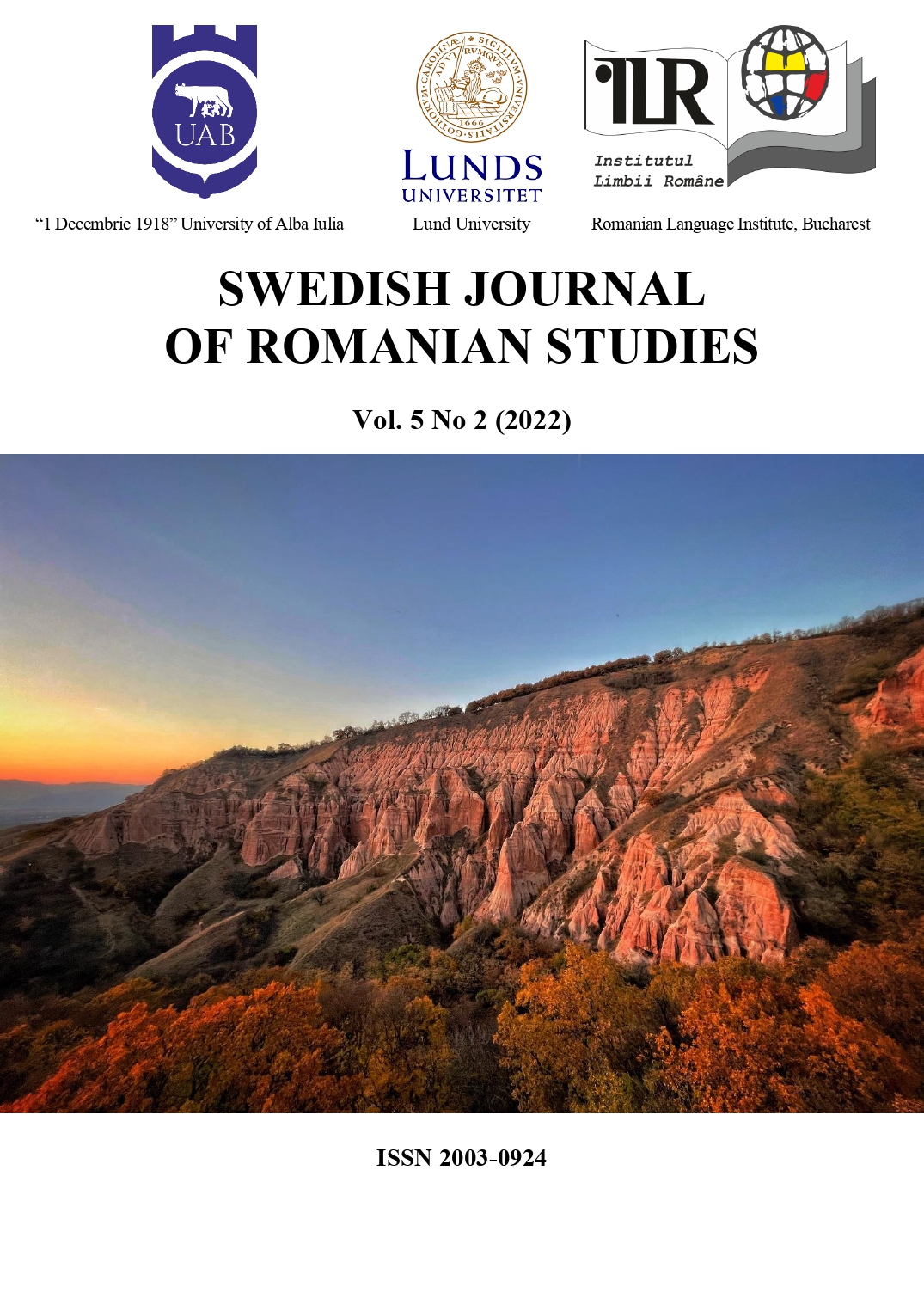
This study is aimed at identifying the most noticeable Slavic elements in the calendar rites of Bukovyna. It analyzes material collected by Romanian researchers in the second half of the 19th – early 20th century (E. Niculiță-Voronca, T. Pamfile, L. Bodnărescu, А. Fochi, A. Zașciuc), documents from the Central Scientific Archive of the Academy of Sciences of the Republic of Moldova, the New Linguistic Atlas of Romania, Moldova and Bukovyna (1987), as well as personal observations recorded by the authors of the study in Ukraine and Romania during ethnographic expeditions. In the calendar rites of the Romanians of Bukovyna, some clear Slavic elements can be identified, such as some names of calendar holidays, Ukrainian elements in such rites as koliada, the Christmas star, shchedruvannya. Ukrainian motifs of musical folklore in winter rites, as well as the use of the names of Ukrainian opryshky and haidamaky, the adaptation of the “walking with vertep”, the use of the term vidma of Ukrainian origin, the penetration of the name and main text of the Ukrainian Malanka, etc.
More...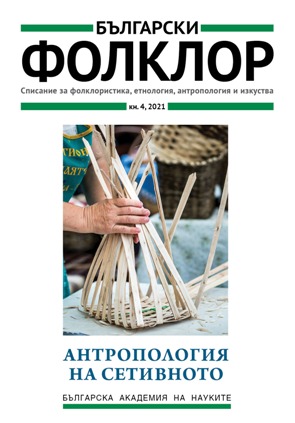
The paper describes the results from the research project “Sensory Ethnography of the City”. The authors discuss some aspects of the theoretical and practical models for the application of the sensory-ethnographic approach in urban studies. The focus of the study is on some multi-sensory aspects of the communication between people with disabilities and institutions. The field research in the framework of the project developed innovative methods, elaborated a theoretical model of the sensory aspects of the relationships between disabled people and institutions, and mapped the places where the citizens meet the administration. The final results of the project were a sensory exhibition, a conference, a book and a round table.
More...
The article discusses notions referring to the ruler and his body according to the pagan views of the Bulgarians in the epoch before Christianity was adopted in the Bulgarian lands. Drawing on written sources and material evidence, an attempt is made to interpret ideas, signs and objects which form the system of the ruler’s ideology. Typological similarities are pointed out between the ruler’s ideology of the Bulgarians and that of the peoples of the Eurasian Steppes, Central Asia, and with other peoples from the Migration period.
More...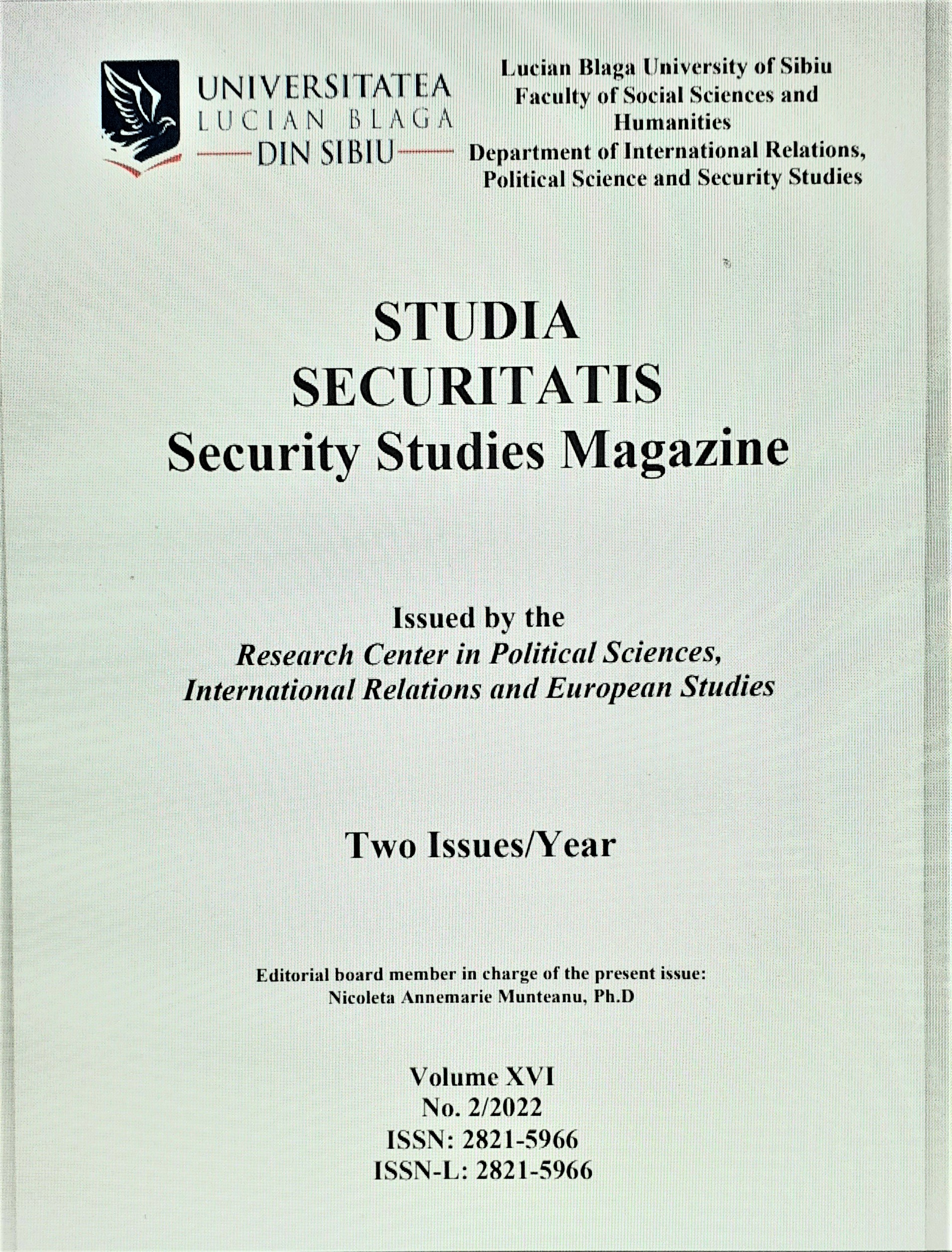
The recent minorities in Sibiu are at an early stage in the development of organizational structures, trying to make their voice heard regarding certain issues that affect its members.This policy paper aims to facilitate the offer of public policies solutions for the recent minorities in Sibiu: Arab, Bessarabian, Ukrainian, and Chinese, to identify solutions that may have a common denominator, to establish a way of cooperation, and to inspire the development of joined projects. As a result of the workshop, the policy paper will be sent to the institutions and authorities with attributions in this field.
More...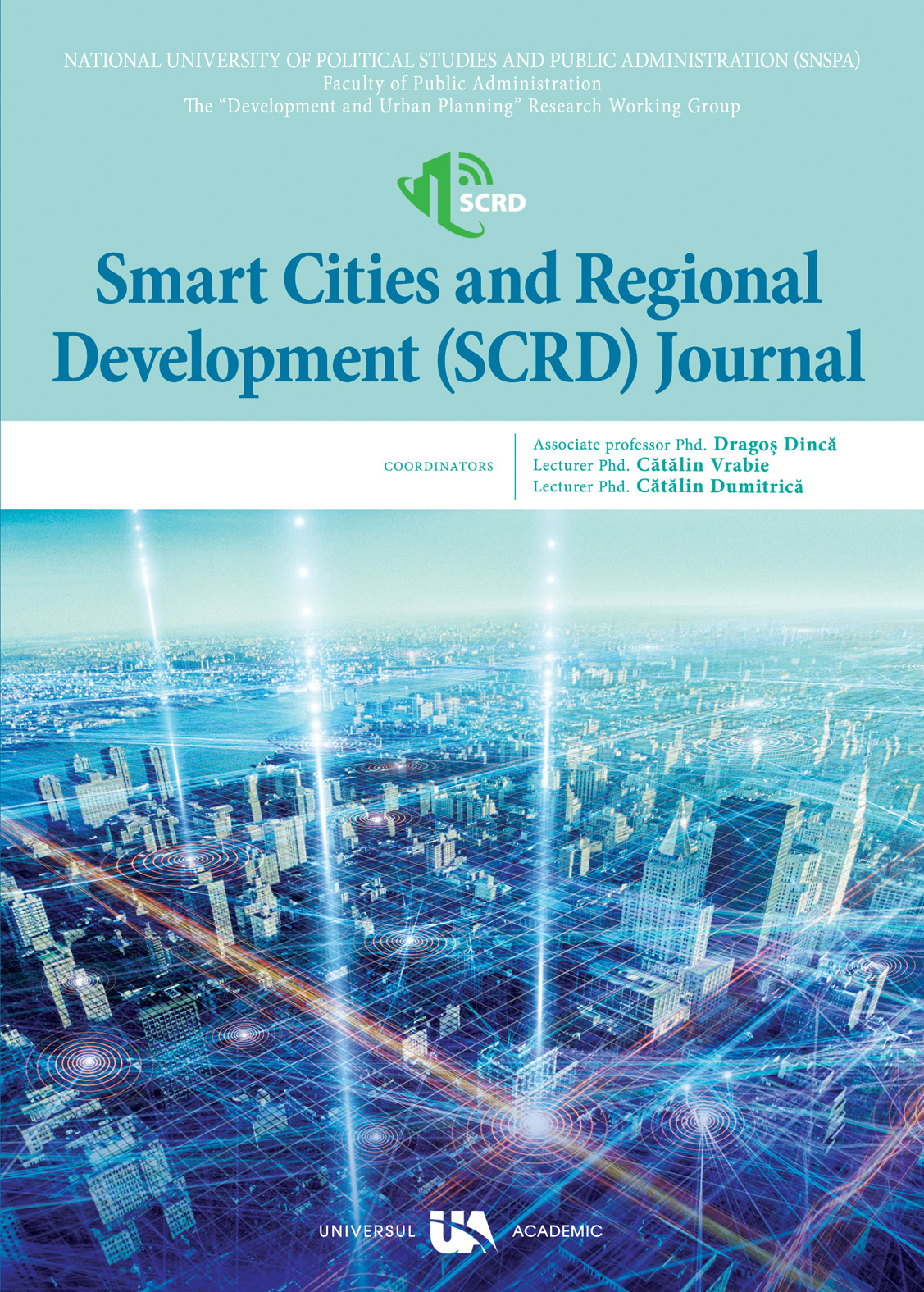
The main objective of this study was to determine the cost-effectiveness of green spaces in controlling environmental and health risks in residential areas. The study aimed at comparing the costs of using green spaces and the costs of conventional infrastructure in controlling environmental and health risks. Many scholars have qualitatively reported that residential home greenery is recognized as an important component for the control of environmental and health risks. However, the cost-effectiveness of green spaces relative to man-made solutions for the same is not documented with certainty. The study deployed a questionnaire, field observation and measurement methods for data collection. The study revealed that, depending on location, residents face five major environmental and health risks; fugitive dust, violent wind, runoffs, animal habitat deterioration, soil erosion and flood water. The percentage of households using green spaces as a strategy for controlling the aforementioned risks is still minimal despite the high monetary saving. The majority of the respondents’ home greeneries are incorrectly orientated and home entrances appear to be more of a factor in determining where green space is located. With exception of risks of run-offs, utilization of green spaces in controlling environmental and health risks saves more than 90% of costs compared to costs for a man-made solution and 61% for run-off control. Results imply that there is a need for advocacy for greater realization of green space as a cost-effective strategy in controlling environmental and health risks among residents, environmentalists, planners and disaster risk practitioners in Dar e salaam City, Tanzania.
More...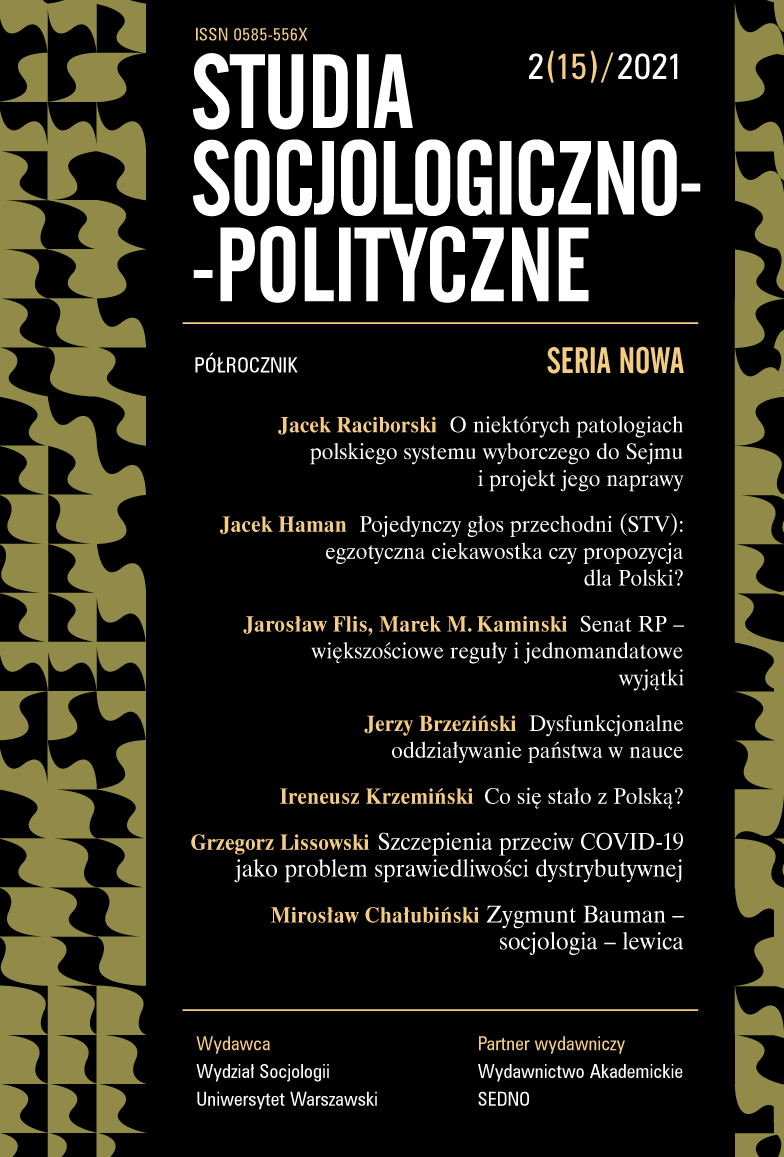
The purpose of this text is to take up an analysis of forms of civil disobedience, occurred during the pandemic in Europe. Referring to works of such authors as H. Arendt,J. Habermas, J. Rawls we argue that civil disobedience, more or less contextual and varying, depending on the phase of the pandemic and on the country, has lead to the crisis of representative democracy and to the crisis of the art of governing (in technical and strictly legal terms) of the expert type. In the same time, civil disobedience has been a manifestation of the vitality of a democratic life. Disobedience can be seen as a sovereign political act – a consequence of a conviction that trust agreement between the ruling and the governed has been broken. Thus the disobedience aims at fixing it. In this sense, the civil disobedience became the collective reflective moment of democratic life in the meaning of U. Beck (2001).
More...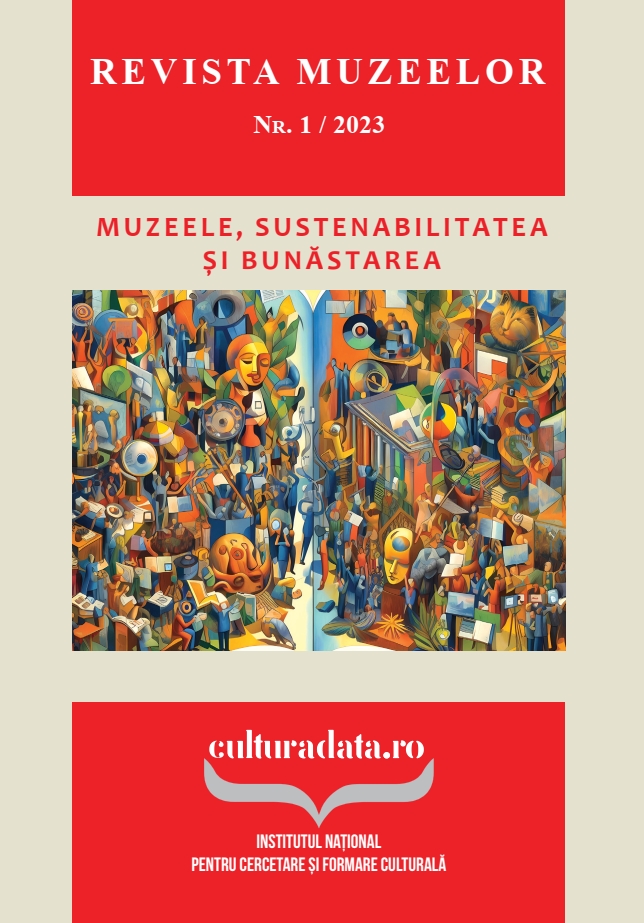
„M. H. Maxy: from avant-garde to socialism”, opened on the 28th of December 2023 at the Romanian National Museum of Art, uses a chronological line of events to bring up to date the image of Max Herman Maxy (1895 – 1971), seen as a leading artist with a significant role in the Romanian Avant-garde, but also as the first director of the Romanian National Museum of Art. Subsequently, his contribution to the development of the national art scene can’t be denied in art history. Furthermore, the opening was carefully chosen to mark a symbolic anniversary of 145 years since the first Romanian Jew obtained his citizenship, therefore enhancing the role that the Jew community had in the bloom and spread of the Avant-garde in Europe. The exhibition has a tacit dialogue to the main artistic events which celebrate Timișoara as The Cultural Capital of Europe 2023, the retrospectives dedicated to Victor Brauner and Constantin Brâncuși, suggesting the main artistic pillars in the dawn of Modern Romania.
More...


Folklore is regarded as one of the sources of Shota Rustaveli’s worldview. The folk wisdom was reflected in the Knight in the Panther’s Skin as emanation of the national consciousness and being and, at the same time, general cultural paradigms that occur in the literature of various nations. In Rustaveli’s narrative the folk wisdom is frequently accompanied formula “it is said” that emphasizes old age of the idea, its oral widespread nature and anonymity. Many Rustaveli’s aphorisms are very close to the folk proverbs with their ideas though they are formulated with Rustaveli’s eloquence. The semantic and stylistic closeness of Rustavelian aphorisms and folk proverbs evidences that along with the brilliant education of his time, Rustaveli had deep folk wisdom. It is due to this reason that the source of some aphorisms is folk sayings. At the same time, a number of Rustaveli‘s aphorisms became the basis of folk saying.
More...